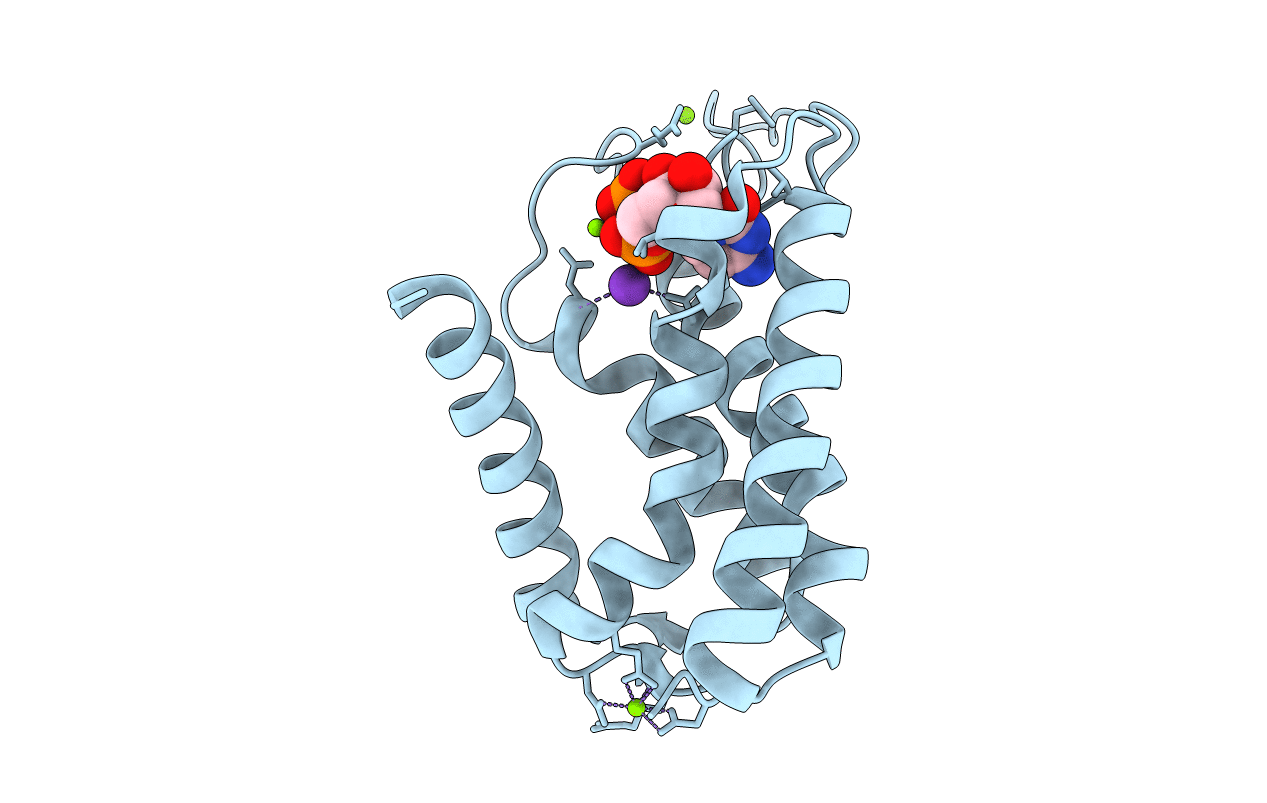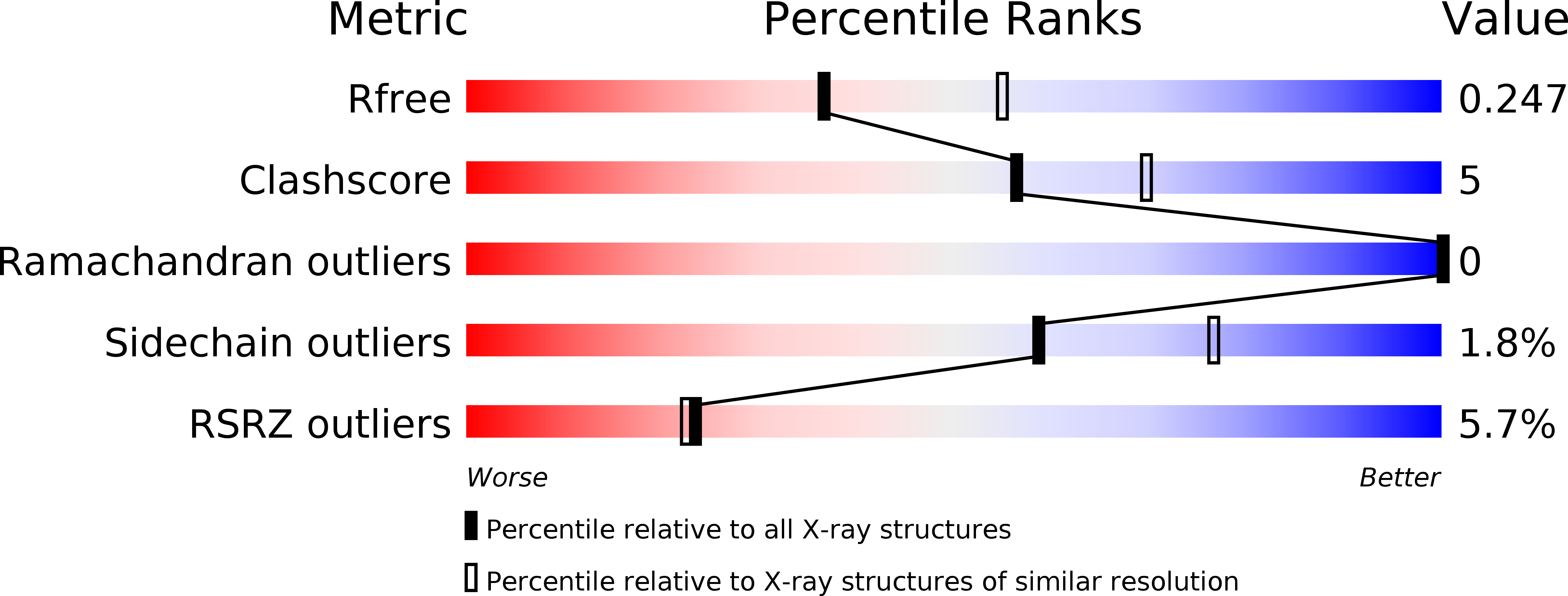
Deposition Date
2016-08-29
Release Date
2017-10-11
Last Version Date
2024-03-20
Entry Detail
PDB ID:
5GUF
Keywords:
Title:
Structural insight into an intramembrane enzyme for archaeal membrane lipids biosynthesis
Biological Source:
Source Organism:
Aeropyrum pernix K1 (Taxon ID: 272557)
Host Organism:
Method Details:
Experimental Method:
Resolution:
2.40 Å
R-Value Free:
0.24
R-Value Work:
0.20
R-Value Observed:
0.21
Space Group:
C 2 2 21


